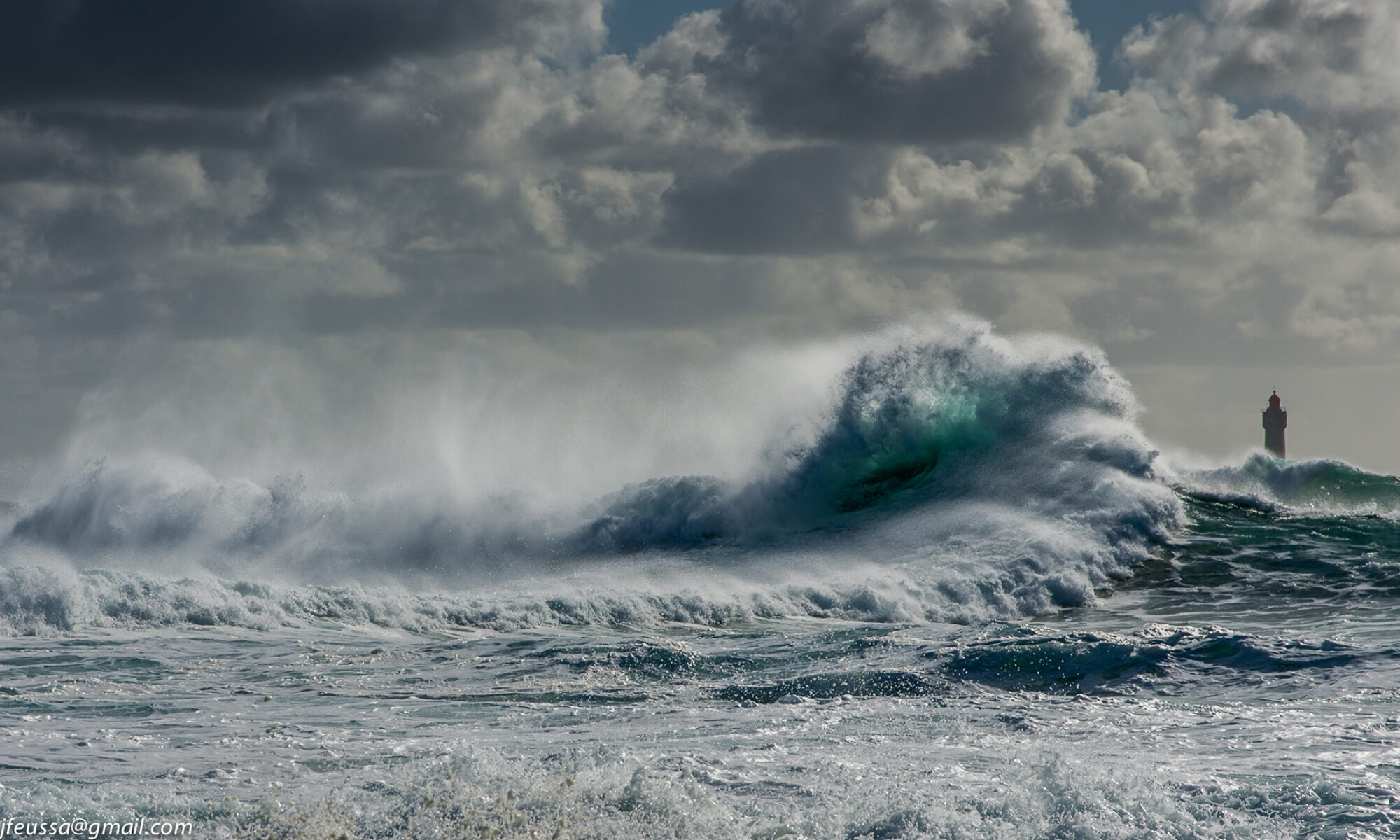Several computer models as well as our own are seeing a southeast and east Florida involvement for gusty winds, high surf, rip currents and heavy rain starting Saturday, August 31.
Persons in Florida should be monitoring the progress of this storm carefully.
For official watches and warnings, visit the NHC website:
https://www.nhc.noaa.gov/
===============================================
“These are not official advisories. These updates and advisories are based upon information from our own computer models, NOAA, Local Weather Data Centers, deep water Buoy Data, and other publicly available sources. FOR THE SAFETY OF YOUR PROPERTY AND PERSON, please refer to your Local, State, and Federal Authority updates for Official Advisories and Orders. For up to the minute advisories and official updates, it is essential that you monitor your local Emergency Government, NOAA and Local Media Broadcasts. Please do not make personal safety decisions based upon information presented here.”
https://gulfstorm.net
Tropical Storm Research Center, Gulf Shores, Alabama
============================================
